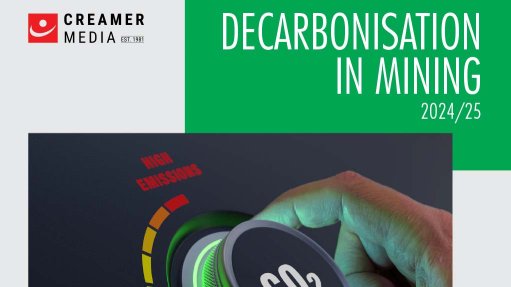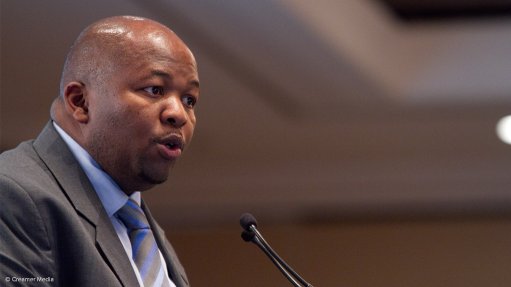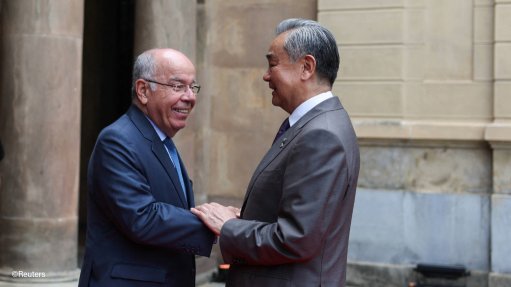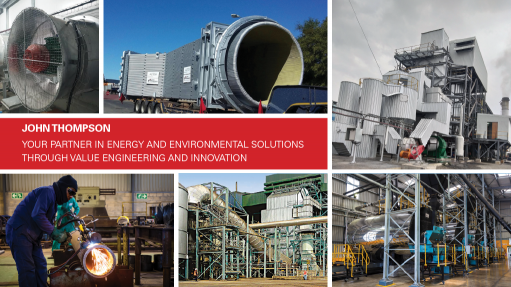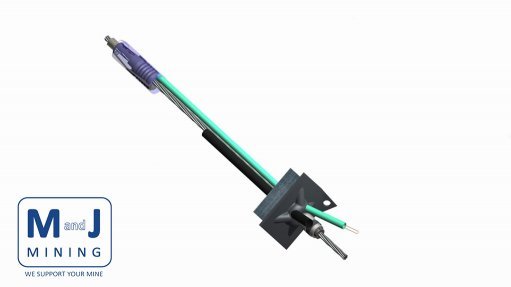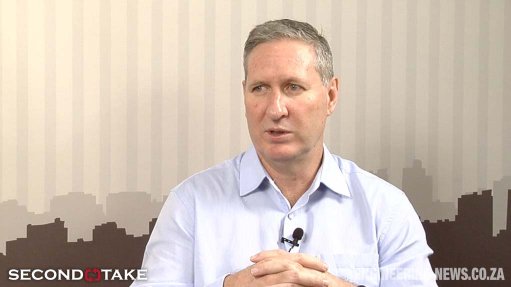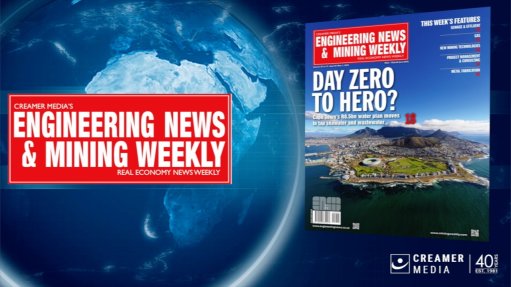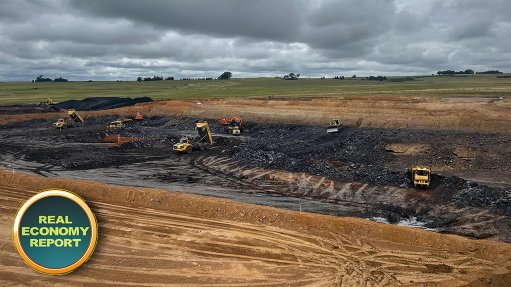Trump’s policies to have major impact on global critical minerals sector
The global minerals and metals sector is expected to face significant volatility owing to expected dollar strength and trade policy shifts led by US President Donald Trump, with sentiment highly sensitive to a long-awaited mainland Chinese demand turnaround, says market analyst BMI – a unit of Fitch Solutions.
During a webinar on February 4, BMI metals and mining analyst Amelia Haines argued that Trump’s policies could reshape critical mineral strategies, with potential tariffs impacting on global supply chains.
She argued that Trump’s policies were expected to amplify protectionist measures and potentially reshape existing policies into a more aggressive framework.
Additionally, she noted that Trump was also set to introduce significant volatility into the sector, noting that the US President had already dramatically altered the US critical minerals policy.
She explained that the US Inflation Reduction Act (IRA), which provided tax incentives for boosting domestic production, faced an uncertain future under Trump.
“Despite these plans to dismantle policies like the IRA, securing access to critical minerals will remain a matter of national security for Trump, notably the same executive order that is aiming to cancel the electric vehicle (EV) mandate that was signed on January 20 of this year, also emphasises the need to boost domestic critical mineral production.”
Haines also discussed the implications of geopolitical tensions between mainland China and the US, describing these as “heightening concerns”.
She pointed out that Trump’s executive order imposing a 25% import tariff on allies Canada and Mexico, and a 10% tariff on China, had been met with retaliation, including a 25% tariff imposed by Canada on a list of American goods.
In addition to an aggressive trade approach, Haines also noted that Trump was emphasising the boosting of onshore production in the US.
She noted that, in the executive order signed on the day of his inauguration, on January 20, the US President called for the streamlining of permitting processes, reviewing of regulations that could hinder mining operations and the opening of more federal lands for mining exploration.
Haines also explained that the US had a robust critical mineral project pipeline, which Trump planned to fast-track, contrasting with former US President Joe Biden's more balanced policies.
RESOURCE NATIONALISM
Meanwhile, Haines explained that resource nationalism was expected to continue to surge in critical-mineral-rich markets, particularly in South America and sub-Saharan Africa.
She described sub-Saharan Africa as a “particularly risky region for mining operations”, owing to resource nationalism posing a persistent threat to investors, compounded by the region’s complex regulatory environment and political instability.
“Resource nationalism has become an increasingly significant risk in recent years, particularly due to the surge in critical mineral projects.
“As countries recognise the strategic importance of these minerals for emerging technologies and the clean energy transition, they're more inclined to exert greater control over these resources. This trend is exacerbated by the geographical concentration of many critical minerals,” said Haines.
“We expect vertical integration to persist as a key agenda for resource-rich countries in 2025 as they continue to seek ways to maximise the value of their mineral reserves by extending involvement into processing, manufacturing and product assembly. Resource-rich markets can capture more value at each stage of production,” she added.
Also speaking during the webinar, BMI senior metals and mining analyst Olga Savina highlighted the importance of critical raw materials for the global energy transition and green economy, driven by long-term demand for EV battery production and renewable-energy storage.
Savina argued that robust merger and acquisition (M&A) activity was, therefore, expected to be driven by the need to secure critical mineral supply.
She noted that a prolonged decline in lithium prices continued into 2024 and early this year, adding that the market still remained in surplus, though this pricing landscape had created variable conditions for a wave of M&A in the industry, reflecting confidence and optimism in the long-term prospects.
With this in mind, Savina noted that a surge in demand for EVs charged by renewable-energy-generated electricity had sparked a significant increase in lithium and copper exploration globally.
“These metals . . . have become the constant of sustainable technology and the mine M&A has recently ramped up with headline deals centering on copper and lithium, which underscores our expectations of a continued focus on critical minerals.”
Moreover, Savina highlighted the importance of technological advancements and AI in the mining and metals sector that were set to enhance operational efficiency and safety across the value chain while helping miners to reduce their carbon footprint.
Amid growing environmental, social and governance expectations globally, she posited that technological innovations and AI would become essential tools for driving efficiency growth in the mining and metals sector.
Additionally, technological advancements also enable significant safety improvements through enhanced risk assessment and response, reducing the number of accidents and fatalities on mines.
Comments
Press Office
Announcements
What's On
Subscribe to improve your user experience...
Option 1 (equivalent of R125 a month):
Receive a weekly copy of Creamer Media's Engineering News & Mining Weekly magazine
(print copy for those in South Africa and e-magazine for those outside of South Africa)
Receive daily email newsletters
Access to full search results
Access archive of magazine back copies
Access to Projects in Progress
Access to ONE Research Report of your choice in PDF format
Option 2 (equivalent of R375 a month):
All benefits from Option 1
PLUS
Access to Creamer Media's Research Channel Africa for ALL Research Reports, in PDF format, on various industrial and mining sectors
including Electricity; Water; Energy Transition; Hydrogen; Roads, Rail and Ports; Coal; Gold; Platinum; Battery Metals; etc.
Already a subscriber?
Forgotten your password?
Receive weekly copy of Creamer Media's Engineering News & Mining Weekly magazine (print copy for those in South Africa and e-magazine for those outside of South Africa)
➕
Recieve daily email newsletters
➕
Access to full search results
➕
Access archive of magazine back copies
➕
Access to Projects in Progress
➕
Access to ONE Research Report of your choice in PDF format
RESEARCH CHANNEL AFRICA
R4500 (equivalent of R375 a month)
SUBSCRIBEAll benefits from Option 1
➕
Access to Creamer Media's Research Channel Africa for ALL Research Reports on various industrial and mining sectors, in PDF format, including on:
Electricity
➕
Water
➕
Energy Transition
➕
Hydrogen
➕
Roads, Rail and Ports
➕
Coal
➕
Gold
➕
Platinum
➕
Battery Metals
➕
etc.
Receive all benefits from Option 1 or Option 2 delivered to numerous people at your company
➕
Multiple User names and Passwords for simultaneous log-ins
➕
Intranet integration access to all in your organisation




